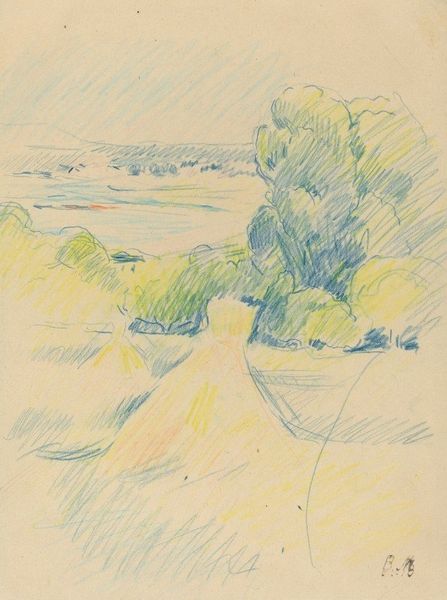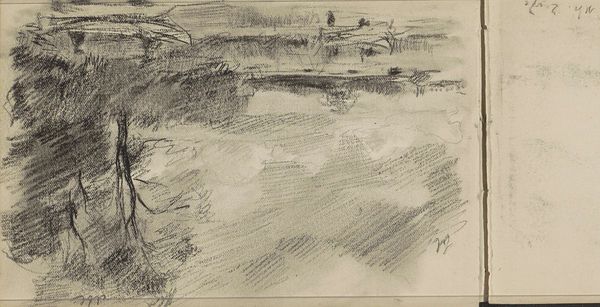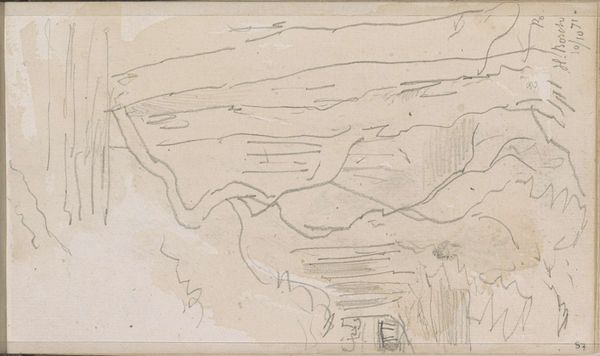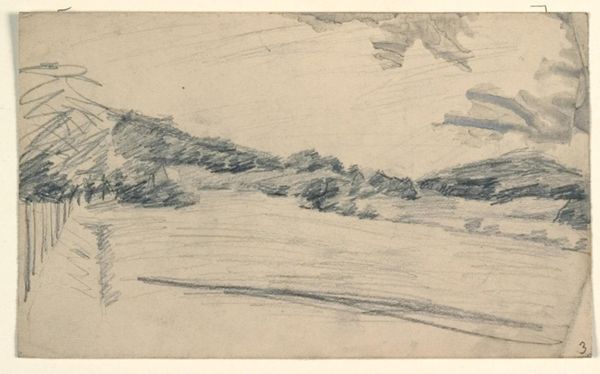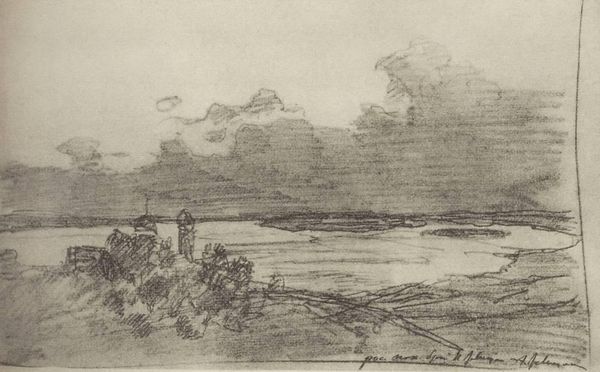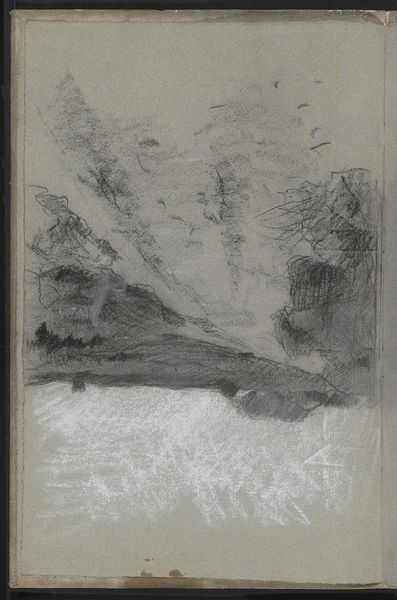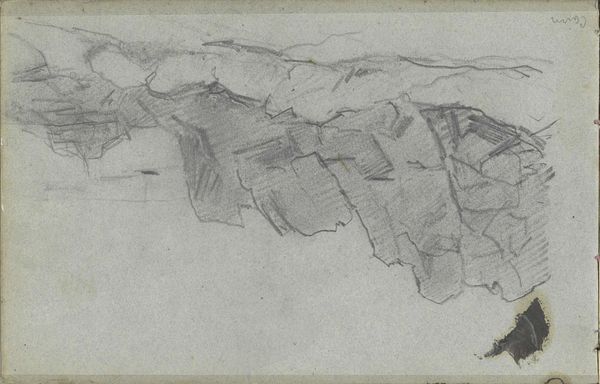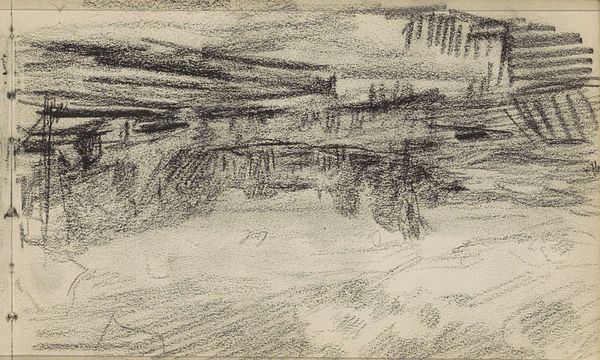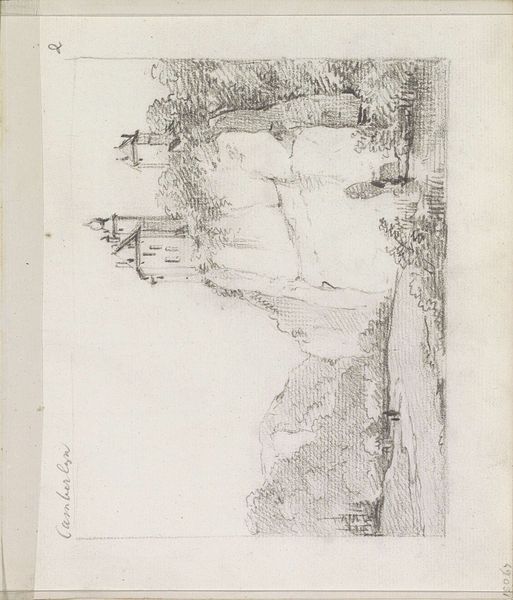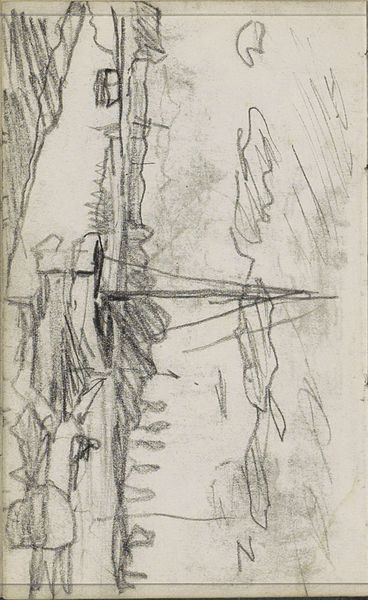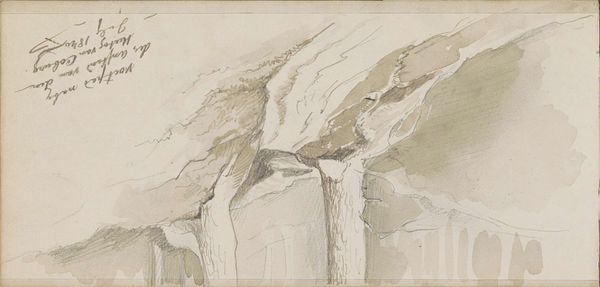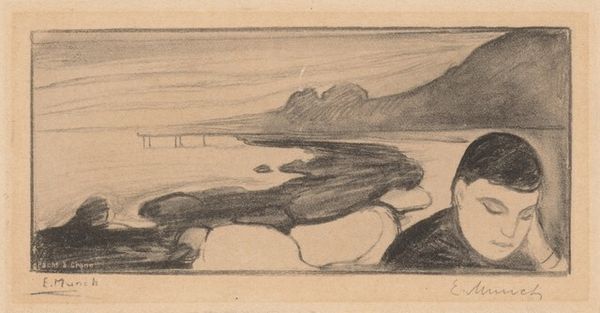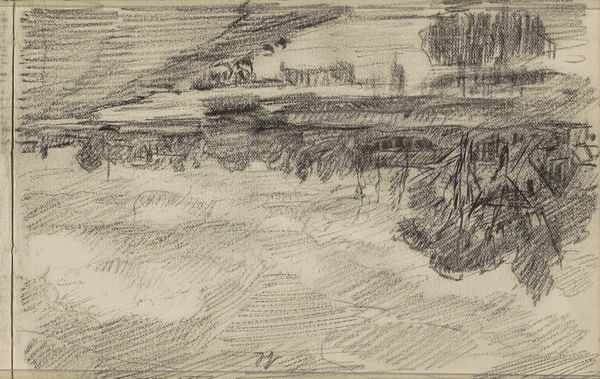
drawing, pencil
#
drawing
#
landscape
#
ancient-egyptian-art
#
ancient-mediterranean
#
pencil
Copyright: Public Domain: Artvee
Elihu Vedder sketched 'The Sphinx, Egypt' using graphite and colored pencil, likely during his travels in the late 19th century. Vedder, an American Symbolist painter, captured the enigmatic presence of the Sphinx. This location of course evokes classical antiquity and the allure of ancient civilizations. But, the Sphinx has a multifaceted identity. As a guardian, a riddle-giver, and a symbol of power, it transcends simple definitions. Vedder's depiction is during a time of increased Western interest in Egypt, often tinged with colonial undertones. The Sphinx, in this context, becomes an object of Western fascination and a symbol of the "mysterious East." The Sphinx embodies the intersection of history, mythology, and cultural appropriation. It invites us to consider how we engage with symbols of different origins and the power dynamics inherent in such interactions. It is a reminder that these ancient figures are not relics of the past, but active participants in our contemporary conversations about identity.
Comments
No comments
Be the first to comment and join the conversation on the ultimate creative platform.

